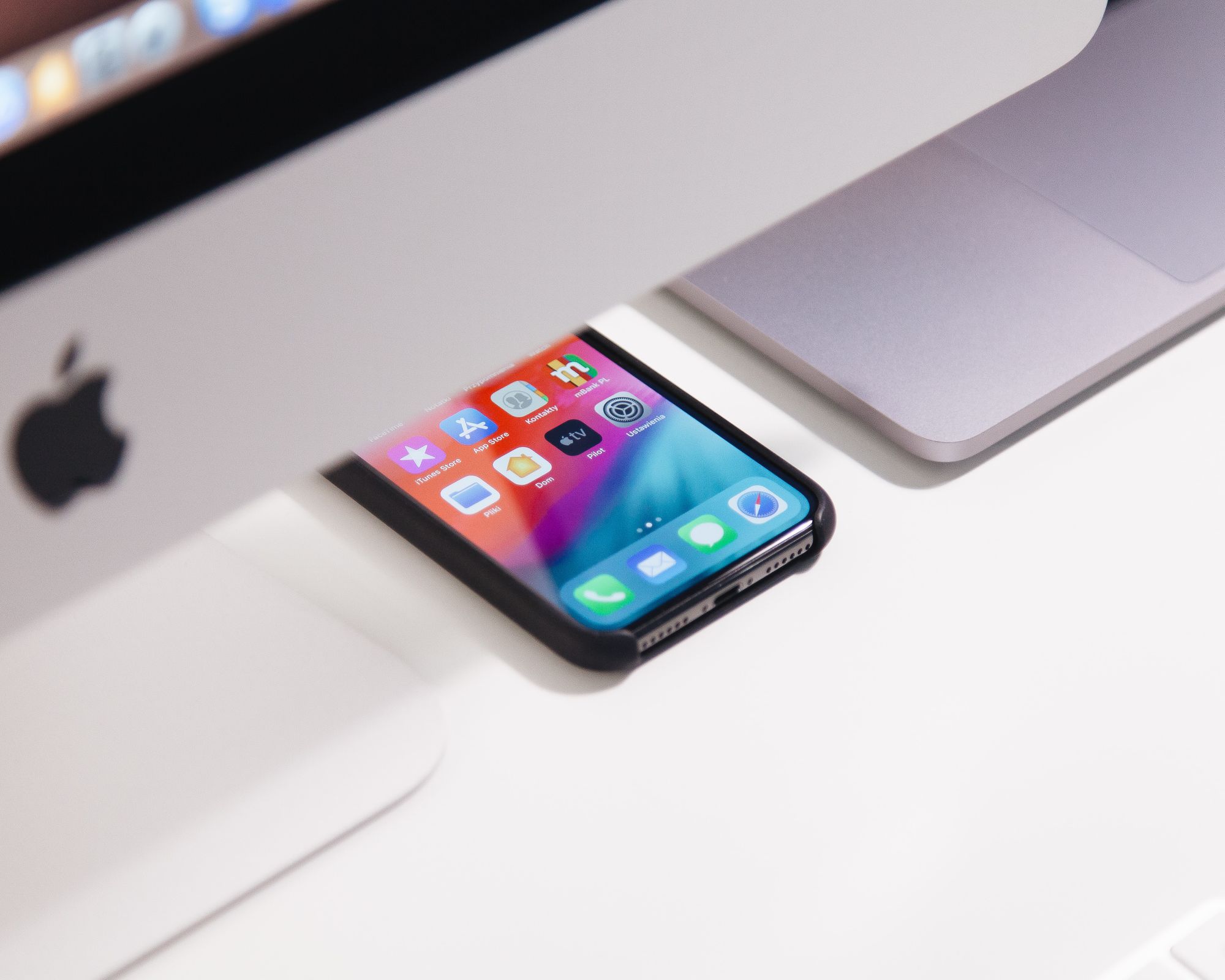eCommerce is THE business many etailers wish they’d started like 10 years ago. It’s one of those “If only I knew” moments, like those prompting you to regret not investing in Google 20 years ago.
No worries, not all early adopter ships have sailed yet.
MCommerce is in the league of hot trends of 2020 that are doomed to take a sharp upswing curve sooner rather than later. Retail mobile application development is what savvy eCommerce entrepreneurs are focusing on right now and this is why:
EMarketer estimates that not only will mobile commerce grow in absolute figures, going from $2.3 trillion in 2019 to $3.5 in 2021, it will also eat into the share of total eCommerce, going from 67% in 2019 to nearly 73% in 2021 (share growth of almost 9% in 2 years!)
51% of mobile shoppers in the USA prefer using the application to make their purchases.
By 2012, 53.9% of all retail eCommerce in the USA is forecast to be mobile.
Sounds like the bandwagon totally worth jumping on, huh?
If you are an etailer or a retailer who is considering approaching commerce in a mobile-first manner, Zoolatech cannot wait to share our insights on how to build a user-friendly eCommerce mobile application.
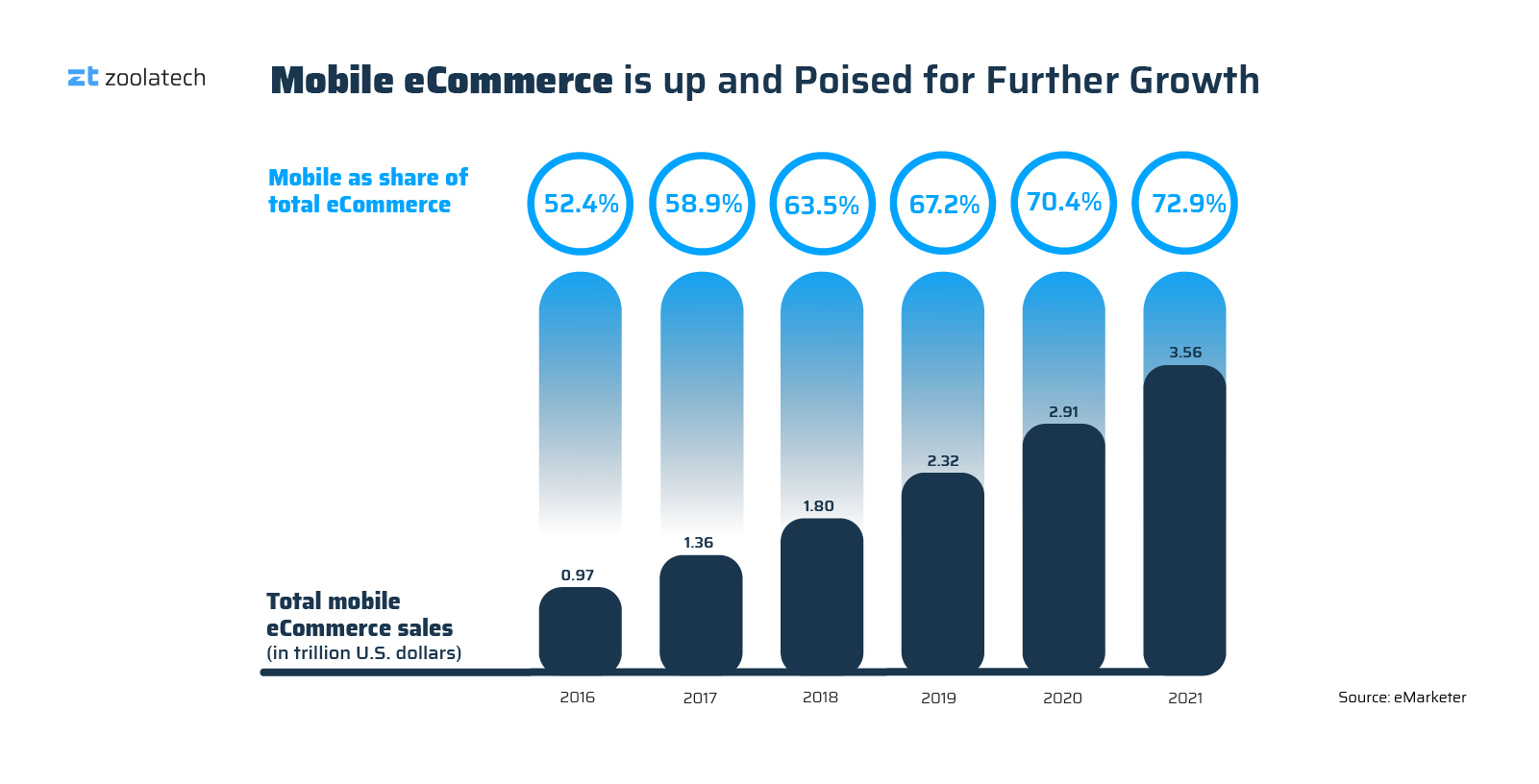
Mobile application development: Native vs Web vs Hybrid – Choose Wisely
First things first: let’s get the technicalities out of the way. One of the most important decisions you can make at the initial stage of mobile app development is which way to go: to build a Native app, Web application, or a hybrid one?
In a nutshell, these are the outlines:
Web App looks like an app, but it's more of a website in fact. It's coded in a simple and cheap-to-hire programming language, like HTML / CSS / JS and you only need to build a single app for both Android and iOS.
But remember, it's not an app per se, so you cannot submit it to the App Store for downloading and there is no icon on the screen. You have to open it in the browser.
AliExpress is a great example of using PWA (Progressive Web Application) for their cross-browser resource: https://m.aliexpress.com. As a result of this transition, users spent 74% more time per session and increased the conversion rate for new users by 104%.
Native Mobile Applications are built on the specific Android or iOS software initially, so they are highly compatible with them, better performing, get updated quickly, and can be uploaded as a proper app. On the darker side of the spectrum, native apps are quite expensive to code (let alone the fact that there are at least 2 of those expensive projects for one product – one for Android and one for iOS).
Despite all those complexities, they are still the prevailing type of eCommerce mobile app development because they are proper apps per se.
Hybrid Mobile Apps are the best of the two worlds: they can be downloaded, yet they use the same old commonplace trio HTML/CSS/ JS to build. They need a single app only for Android and iOS and they are much faster and cheaper to build than Native apps.
They are also somewhat slower than native apps and somewhat more expensive than web apps, though.
Verdict: Long story short: unless you are flooded with venture capital or have a devoted team of native language developers on board already, you might want to consider going with web apps or a hybrid version.
If your target audience is mostly Android or mostly iOS – that also cuts your mobile app development cost in half – so there’s another reason to be inclined towards a native app.
But if you only need a limited feature app for your AngularJS coded website, PWA is your best option.
20 Practical Tips on How to Develop a Converting Mobile App for eCommerce
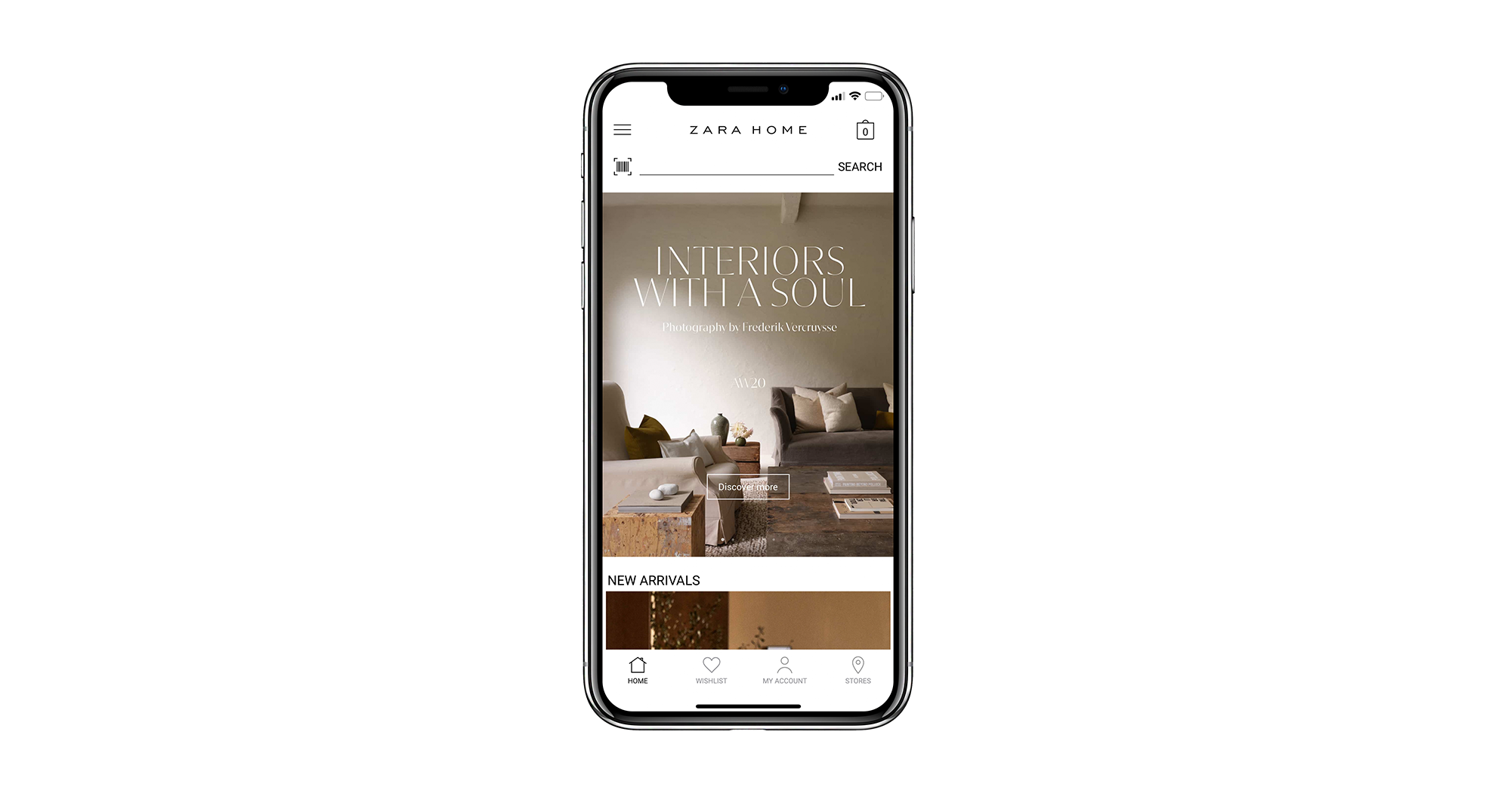
KISS − Keep It Stupid Simple: Registration Process
Do you know how you are all laughs and jokes on the first date? You don't wanna spoil the first impression so you can make it to the second date, right?
Use that same very logic while creating your login page. Simple. Unobtrusive. Easy-going.
Don’t make your visitor sweat or do any work at this point - if you can do it for them.
Let them sign in with Facebook, Gmail, or by creating an account that takes no more than two steps.
Once they are registered, they can always update the info in their account to get access to more features. At this stage, keep it stupidly simple.
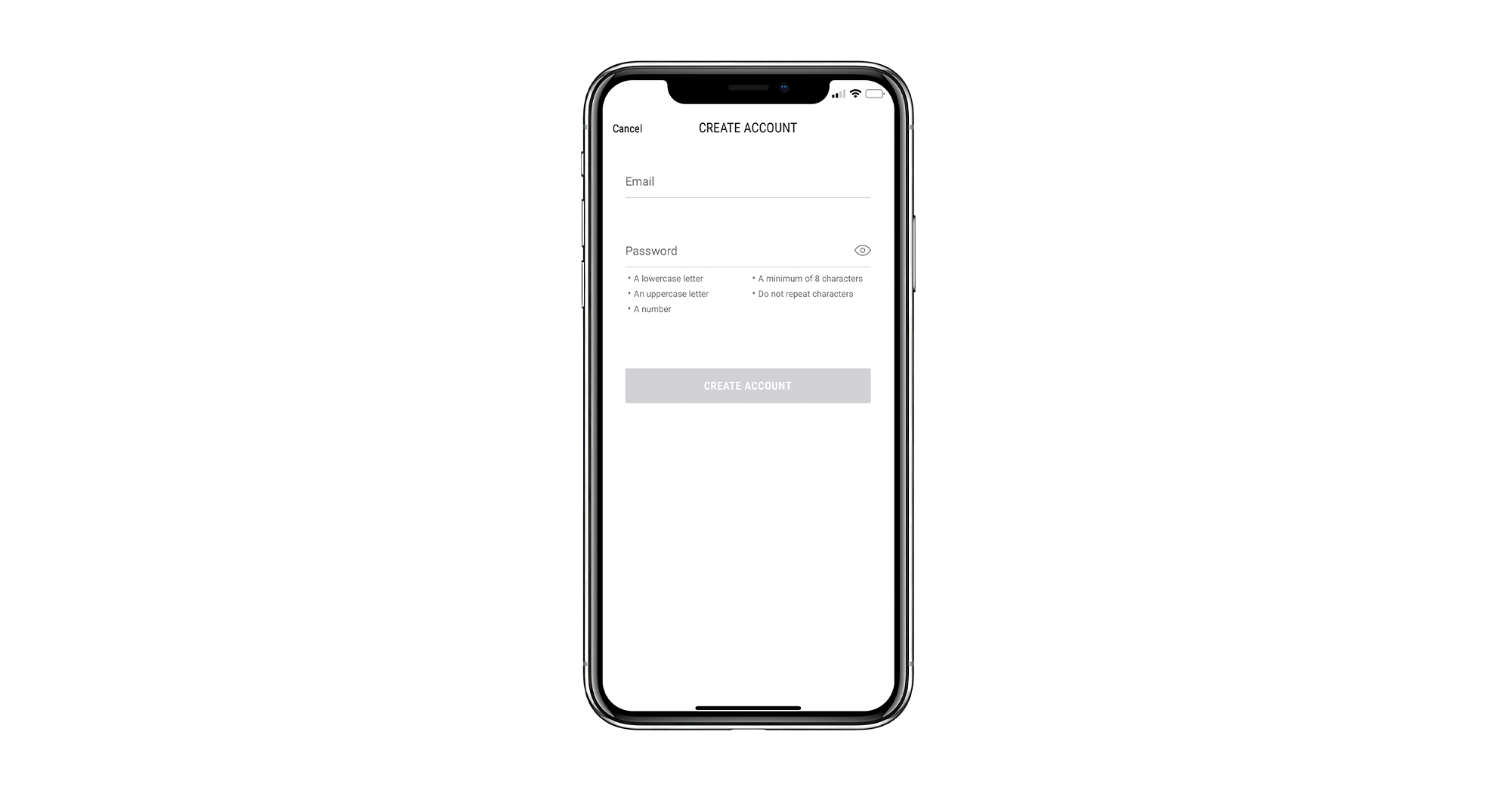
Develop No-brainer Navigation
Menu, filtering, and sorting options are another UX focus that can make it or break it at the initial stage of M-shopping.
The names of the menu sections should be concise and descriptive. This is no time to take your Thesaurus off the dusty shelf. The more etailers that have used this word in their menu the better. It’s category / brand / size / color. Not class / label etc. You get the gist.
In clothing eCommerce, knowing all the types and styles of shoes and bags and sweaters helps SEO and increases conversions. There are loafers, sneakers, mules, sandals, slip-ons, moccasins, etc.
When shopping for clothing, many people will know what suits them better: for example, curvy ladies favor V-neck a lot. It complements their figure quite nicely, so embedding this type of filter is a smart move. But it takes a bit of marketing research to identify this vital parameter and include it in the filtering options. Skinny types, on the other hand, will shy away from V-neck and opt for other neck styles.
With men, when browsing for a classical shirt, its length may matter a lot. Oftentimes, the shirts will be too long to be let loose over the jeans, which is quite a trend nowadays.
In sorting options: price, popularity, rankings (stars), time on marketplace, delivery time are the popular parameters.
Navigation intuitiveness should be taken seriously during the development stage to produce ROI for years to come.
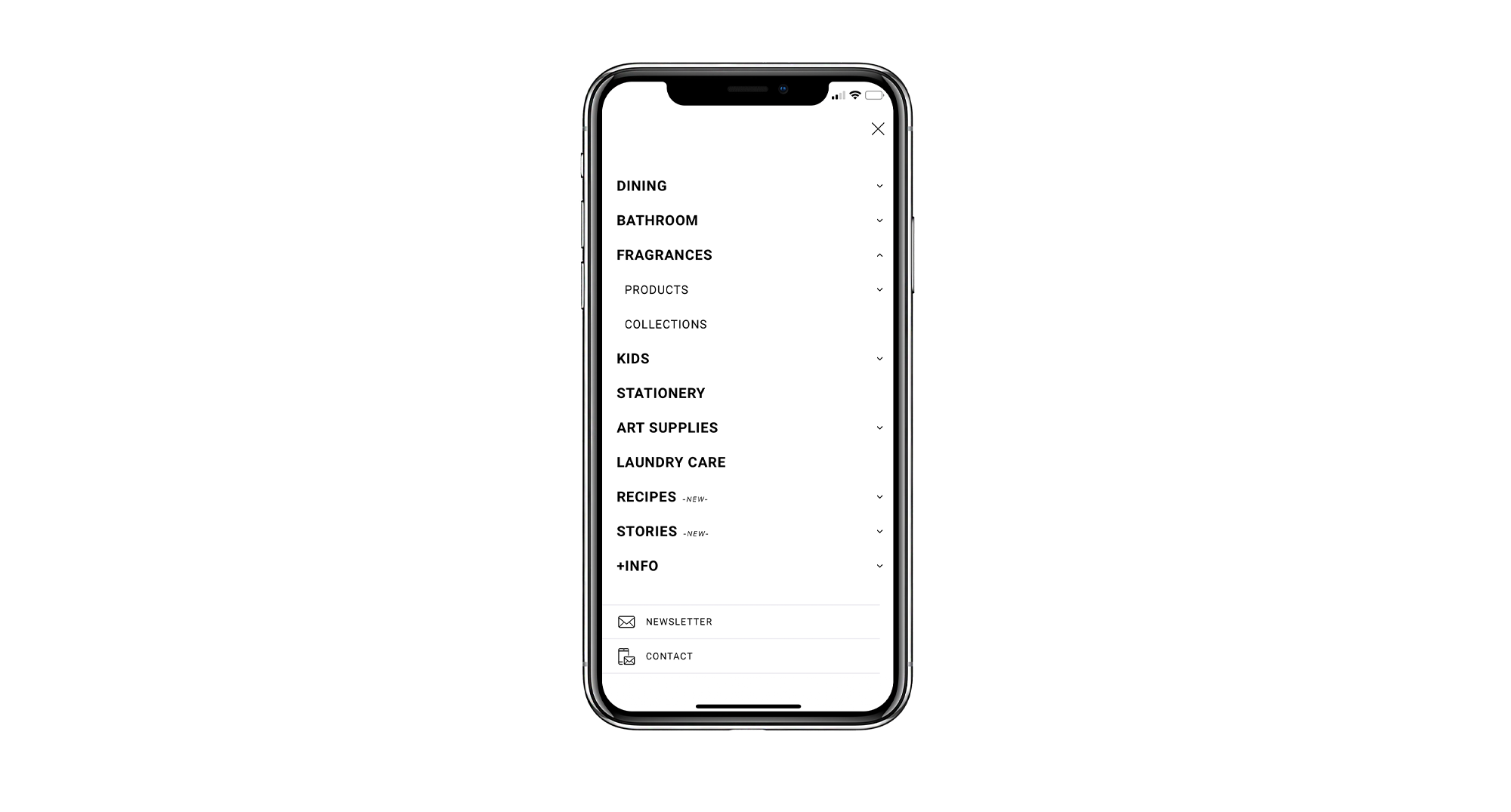
Describing Products: Keep Clients in Mind, But Don’t Forget Google
Google algorithms and SEO principles are based on user experience, so that whatever is good for the user is good for Google.
But this merely signals mCommerce entrepreneurs to start with SEO guidelines for product descriptions when approaching the task, as Google knows a thing or two more about what your client wants.
- Provide a minimum 300-word product description
- Systemize description for similar items. For example, your shoe description should have the same formula applied so that buyers can quickly go pick out whatever info they need (outer fabric, inner sole, total length, etc.).
- Break down product details into a digestible pattern, having columns and sections of logical boxes of info on the screen organized spaciously and in an orderly way.
- Don't be afraid to give your description a personality. Add a pinch of humor for funky brands and keep it Royal-English stiff for premium classy garments. Talk to your audience in a manner they like to be talked to. It’s Yo, or Madam or something in between. Do not confuse the first two, though.
Product Images: They Sell, Increase Conversions and Lower Returns
Product images are NOT a good choice for savings.
Just draw the line here. This is non-negotiable.
A proper high-quality product image gallery will be high-resolution, appealing, with good studio lights, with close-ups, using mannequins, laying the item flat or in a hanging position, or a combination of all perspectives. Model photo sessions are expensive but are so worth it.
Ensure there are at least 4 shots at different angles of the product available for viewing.
For SEO purposes, it's vital to name the images correctly as well as save them in appropriate formats and sizes for different parts of the website for best speed loading.
360-degree images and lifestyle images? Yes, please!
Video & Live Demonstration: Expensive but So Worth It
Video is heavy and expensive to produce. But it does increase conversions compared to photos.
For the price of creation of this content, it may not be the best option for beginners or mass-market online clothing stores, but it's pretty much an expectation for the premium segment nowadays.
If you can implement user-generated content with customer reviews embedded into your site or application – this will stimulate both credibility and social proof.
Reduce Returns & Abandoned Carts through Perfect Shopping Cart Design
Shopping cart design for the best conversion is a book in its own right, but make sure you have the following options implemented in your mobile shopping cart:
- Option to go back to shopping
- Option to increase/decrease the number of items added
- Realistic product image – so as to lower the number of returns
- The final price with all taxes – to reduce cart abandonment rate
- Size/color choices, especially if there are options in both.
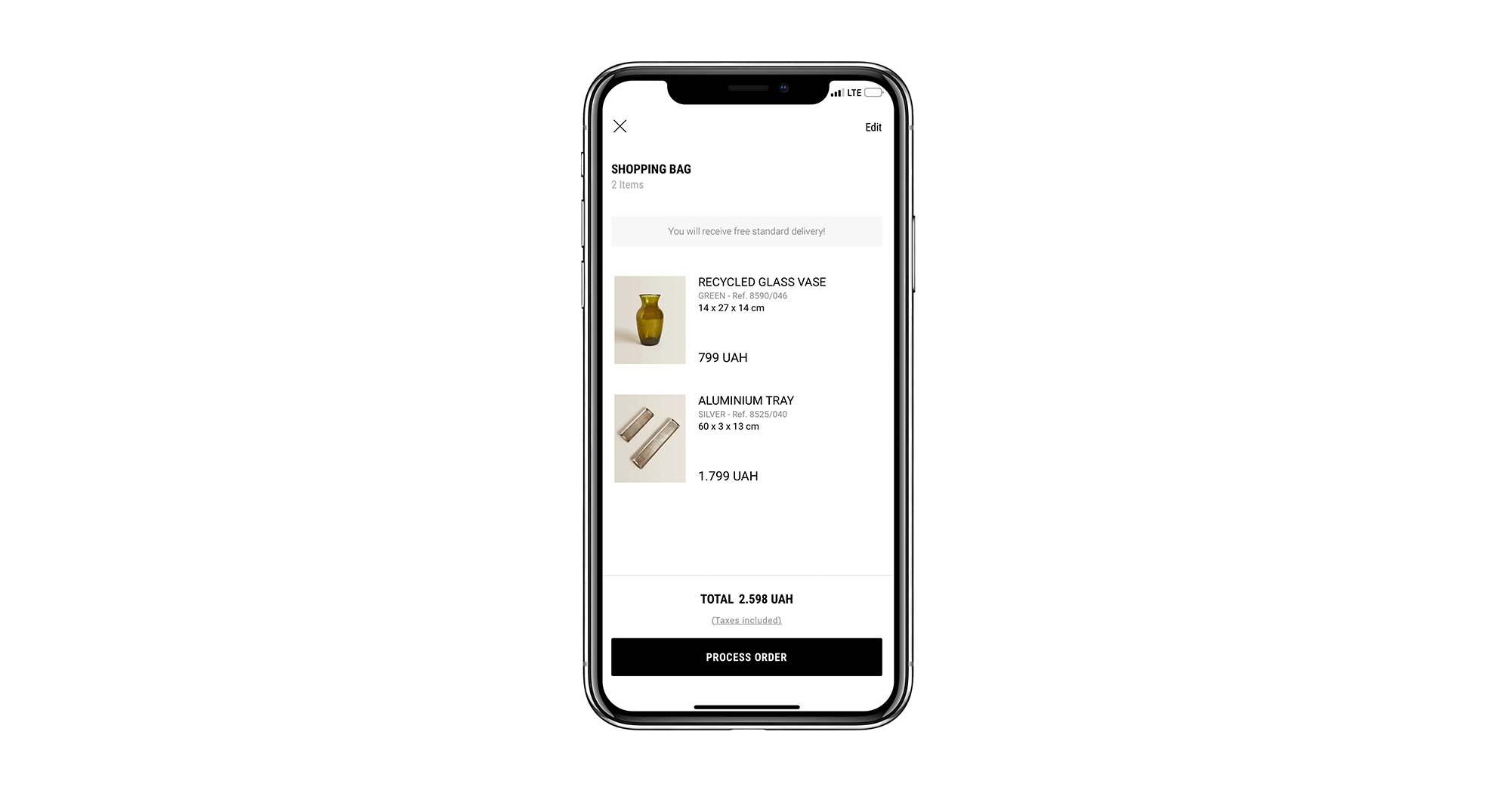
Ensure Options & Minimal Manual Input: Shipping Options
Shipping options should provide every alternative available in GEO, faster delivery options, as well as minimal work. If you already have the data required for some fields from previous shopping sessions or the user’s account – make sure autofill does the job for the user.
Too many fields to fill out may scare off an otherwise willing buyer.
Taming the Monster of eCommerce: Returns & Return Status Screen
Lenient return terms are the industry standard that was created in the hunt for customers, with the industry shooting itself in the leg. Now the same industry hates this poster child of "Try before you buy," but tries to stiffen it bit by bit.
Anyway, as it stands in the early 2020s, lenient return terms are a great conversion booster. So make sure they are visible and accessible from the final screens of the conversion funnel.
If a client has a return in process, accessing the screen to check the status of a return in the user account should be very straightforward to minimize customer service workload and boost loyalty.
Emphasize Desirable Scarcity: Limited Stock… X Items Left
Scarcity is one of the key triggers of a person's desire to buy something.
No news here, huh?
It’s not one of the eCommerce requirements to have this line coded, but we think it should be. Giving a little nudge to a user towards completing a purchase is easy. Let them know that you are going to be out of this item soon.
Build a Foundation for Personalized Recommendation: Wishlist
People come to your store browsing for things more often than they come to buy.
If your product imagery is great and the pricing policy is competitive, chances are you will be able to convert some of the no-buying-intention-users into paying customers.
Having the chance to add an item to Wishlist gives an etailer a possibility to fine-tune personalized recommendations at later stages and create a remarketing campaign.
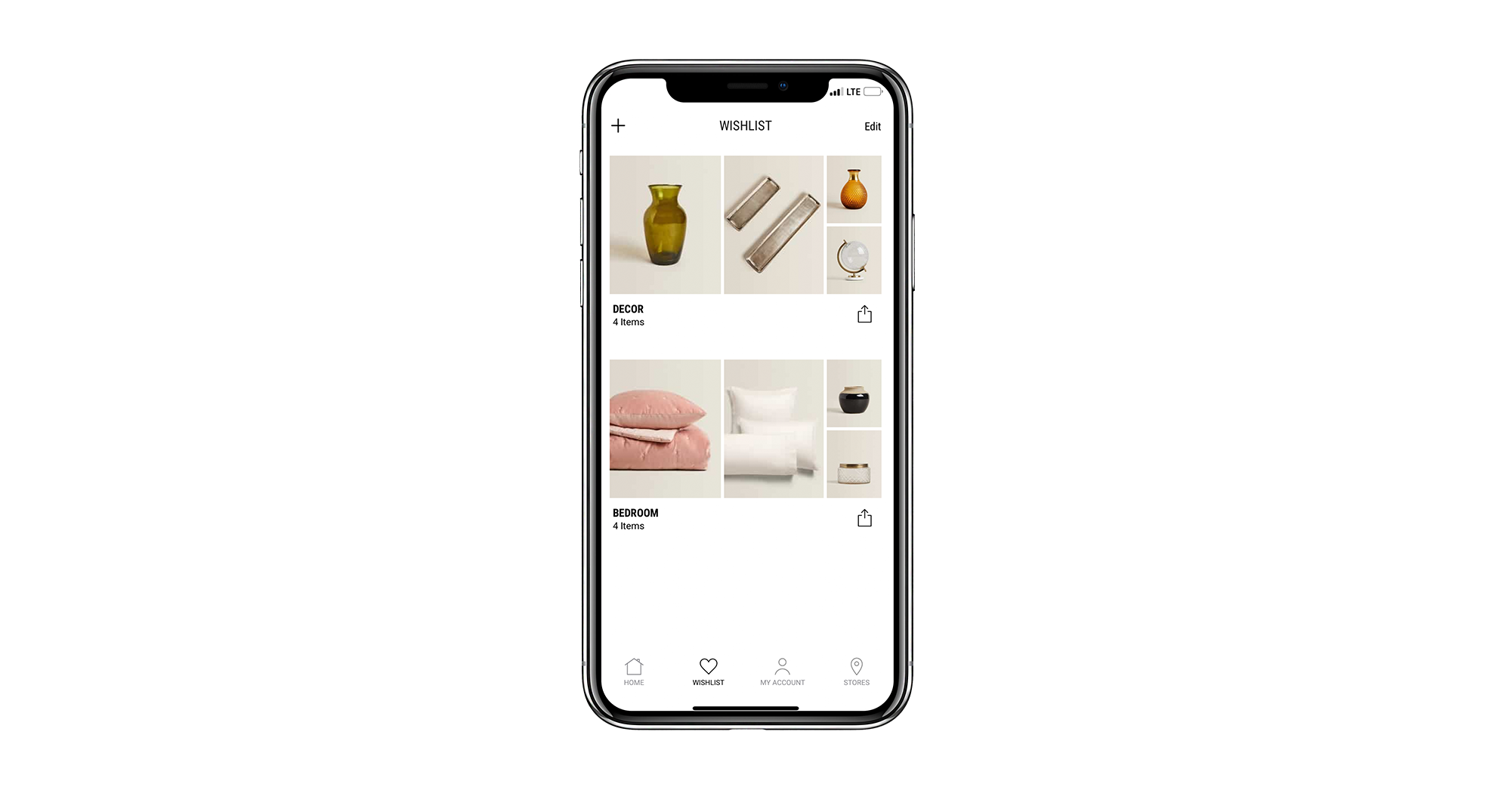
Use the Star of eCommerce: Recommendation Engine
One of the most powerful applications of machine learning and AI humanity invented yet is the recommendation engine.
The mobile screen doesn’t provide as many opportunities for ribbons of recommended products as the computer screen does, so designers have to be greedy here re: space used, because there’s so little available.
Only provide the most likely-to-convert suggestions, based on user preferences displayed in browsing behavior previously.
Nurture Your Customer Relations with a Loyalty Program
Loyalty programs are how you keep your customers.
Just a kind reminder: keeping your customers is five times as cheap as acquiring new ones.
Having special codes for your regular, loyal, or VIP customers is the norm for a savvy entrepreneur, not just a smart, high-ROI move.
No Time to Be Cheap for Brands: Discount Management
Personalized promotion codes have not gone as far as offering users a special discount for their most favorite colors, but this may be the future of eCommerce in general and mCommerce in particular.
The discount management module takes time to program and needs a lot of thought invested in it in terms of options that you will want to offer to your clients. The discounts should be available based on several criteria, so please read this in-depth article for more info on discount management.
Multi-Layered Customer Service: AI to Human
When businesspeople are wondering how to start a successful online store, customer service hardly ever comes to mind.
It is an essential part of eCommerce nonetheless and should be given well-deserved prominence on the website.
Elaborate chatbots and well-crafted FAQs will help reduce the cost of human-manned customer service.
Bond with Your Buyer: Personalization
Personalization is no longer a buzzword, but it’s definitely a buzz worth paying attention to for any e-marketer.
Customers react overwhelmingly positively to content that’s cut specifically for them: starting with Hello, NAME in the right top corner of the mobile application for personalized recommendation engine suggestions.
Feature Trend-setter Token: Augmented Reality App
One of the still futuristic but already trendy eCommerce mobile app development features is the use of AR in eCommerce.
There are several brands that nailed the use of AR, like Sephora and Ikea, pioneering this rather commonplace practice in 2030.
While custom development of the AR mobile app is not as pricey as it may seem, it adds tons of user admiration and brand loyalty, as people love experiencing forward-thinking concepts in action.
In Conclusion:
While we have enumerated the key e commerce app requirements not to be omitted during the creation of a custom application for mobile devices for eCommerce, this list is not complete.
Moreover, the times and user preferences change by the minute. This is why with a solid foundation, any mCommerce keeps evolving and updating the software with new features to enhance the user experience.
Judging by this simple graph by McKinsey, the industry has a long way to go yet to compete with desktop. But we are getting there.
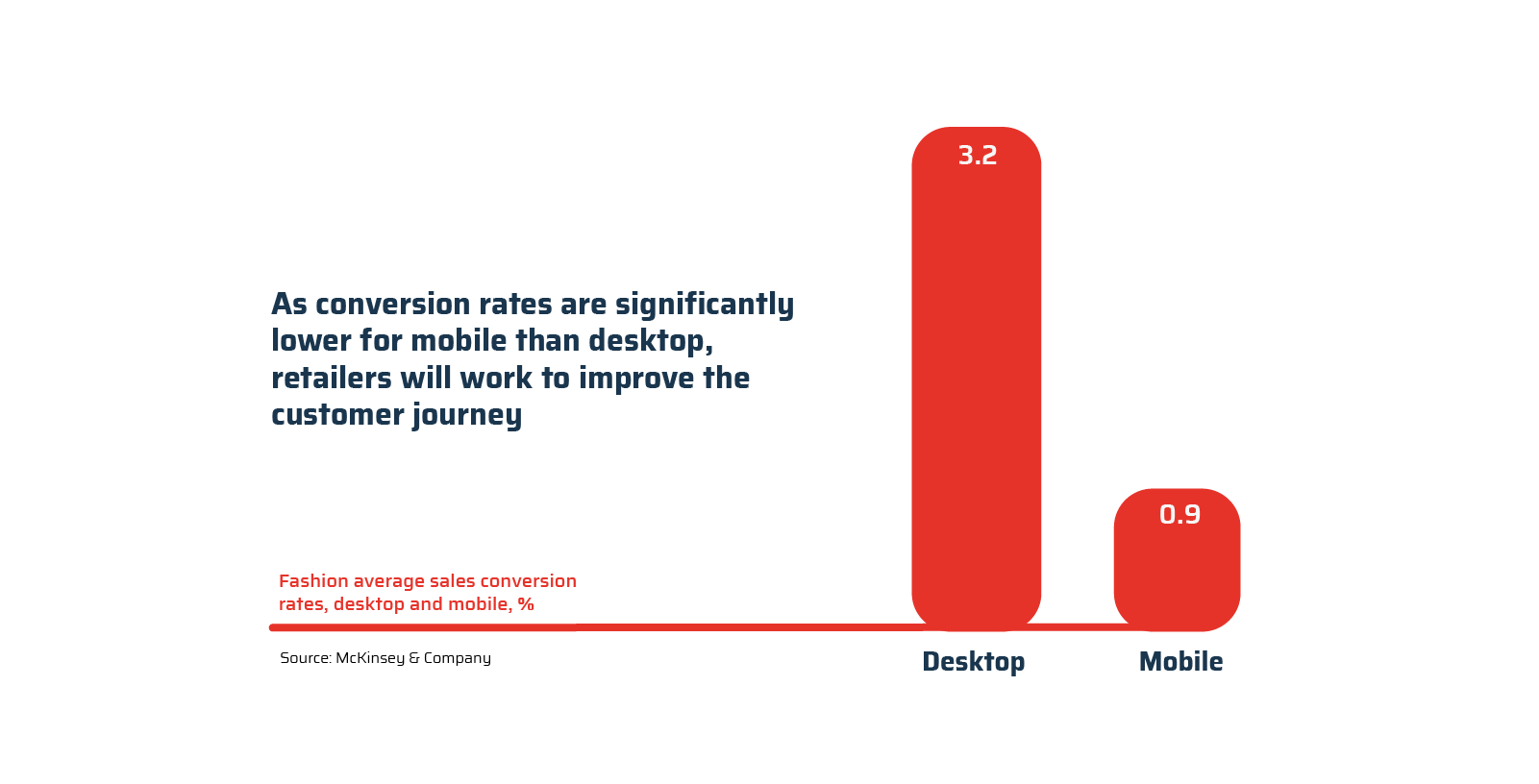
Zoolatech: Developing Custom eCommerce Mobile Apps that Convert Visitors to Buyers
Zoolatech mobile software development company loves mCommerce.
If you are looking to get a consultation or guidance from experts in retail & eCommerce, our devoted team is delighted to jump on a challenge.
We have been helping etailers big and small for years now and can offer expertise that is based on cases like Nordstrom, Tailored Brands, and HDS.
Let’s get that neat mobile app up and going in no time! Give us a call to discuss, or send your RFP to get our best offer today!
